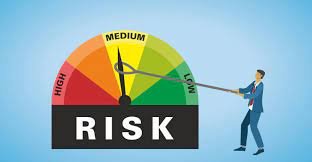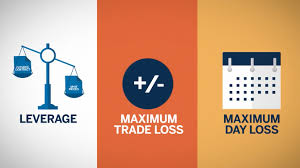
Trade Plan Part 3
Now you are ready, preparing and documenting a trading plan is the first step to your trading success. Back testing and implementing your trading strategies and implementing your trading plan is the next most important step.
- You have clearly defined the reasons and goals for your trading. Are you trading full-time or part-time? Are you trading for cash flow or wealth creation? You have logically defined your trading style ( day trading, swing trading or positional trading)
- You have understood your trading personality and have developed the skills and knowledge

- Risk management has been laid down for your trading business and application of position sizing has been applied. Risk is defined both, on trade and time. Like risk per trade and risk per day, week and month
- You are now aware of your strength and weakness as a trader and have determined strategies to effectively deal with the same in your trading plan
- You have understood the profile of each market and the instruments and zeroed in on the market and instrument you will trade. Like stocks, commodities or currencies or instruments like futures or options ( single stock or indices)
- You have planned your trading day to maximise the use of time and available resources

- Make a market preparation sheet or inputs before the market opens. Knowing the key economic event or data release or corporate announcement and tracking other markets which influence the market you trade
- You should know the key statistics like a reward-to-risk ratio, winning % age, average win per trade, the average loss per trade, average holding period of the trade etc

- Have a detailed plan for managing drawdowns in your account, drawdowns are part of trading and you cannot avoid them. Managing your profits and increasing your account size
- Creating a timetable for all your trading activities will ensure you do not skip essential preparation and review
- A timetable will assist you to maximise the use of your time and ensure your trading suits your lifestyle and goes well with your other obligations
- Prepare a timetable for your trading sessions. Outline your daily trading activities which include market preparation, the time when you will execute the trade and when will you record the trade. You will also need time to review your trades, adherence to your trading plan and the outcome of your trading strategy
- Selecting a broker which meets your need for technology, analytics and leverage. Selecting between a discount broker or a full-fledged service broker

Trading is an individual business activity as each trader in the market is different and a personalised approach is a key to trading success. It is important to make a trading and risk management strategy that suits you. Practice your strategy by doing paper trading and backtesting. Strategies need to be optimised regularly as markets are dynamic and changes in trend and price direction are very often seen.
Evaluate and review your trading strategies this will be critical in building your trading expertise. Complete your trading journal for each trade and update the same daily and review it at regular intervals. Look when you did not follow your strategy and your trade plan and see how adversely it affected your trading account. Look for errors you are making commonly and work on eliminating the same, and include the same with an action plan.
Happy and profitable trading. We wish you trading success.





